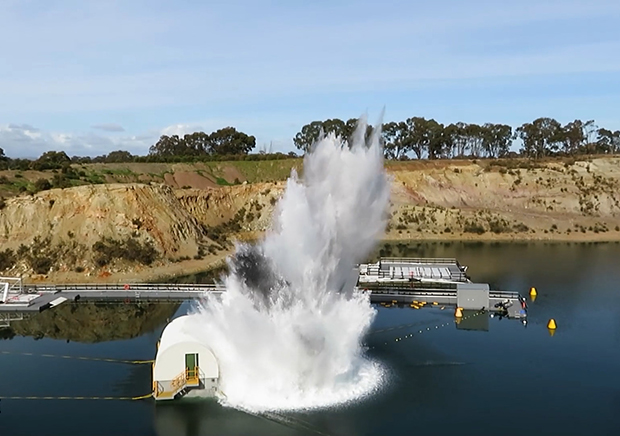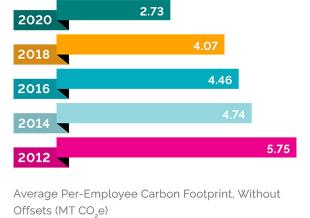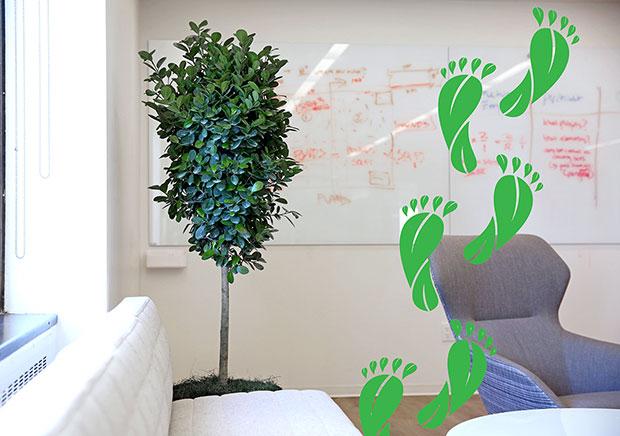
We add up the annual electricity use of individual offices to calculate the firm's total electricity consumption. For offices that are not individually metered, we estimate use by dividing the whole building's consumption by the proportion of the building we occupy. This total does not include remote (home) office electricity use. Electricity use rose with an increase in employees and locations over the years, but has decreased since 2016 as a result of greater energy efficiency in our operations.













